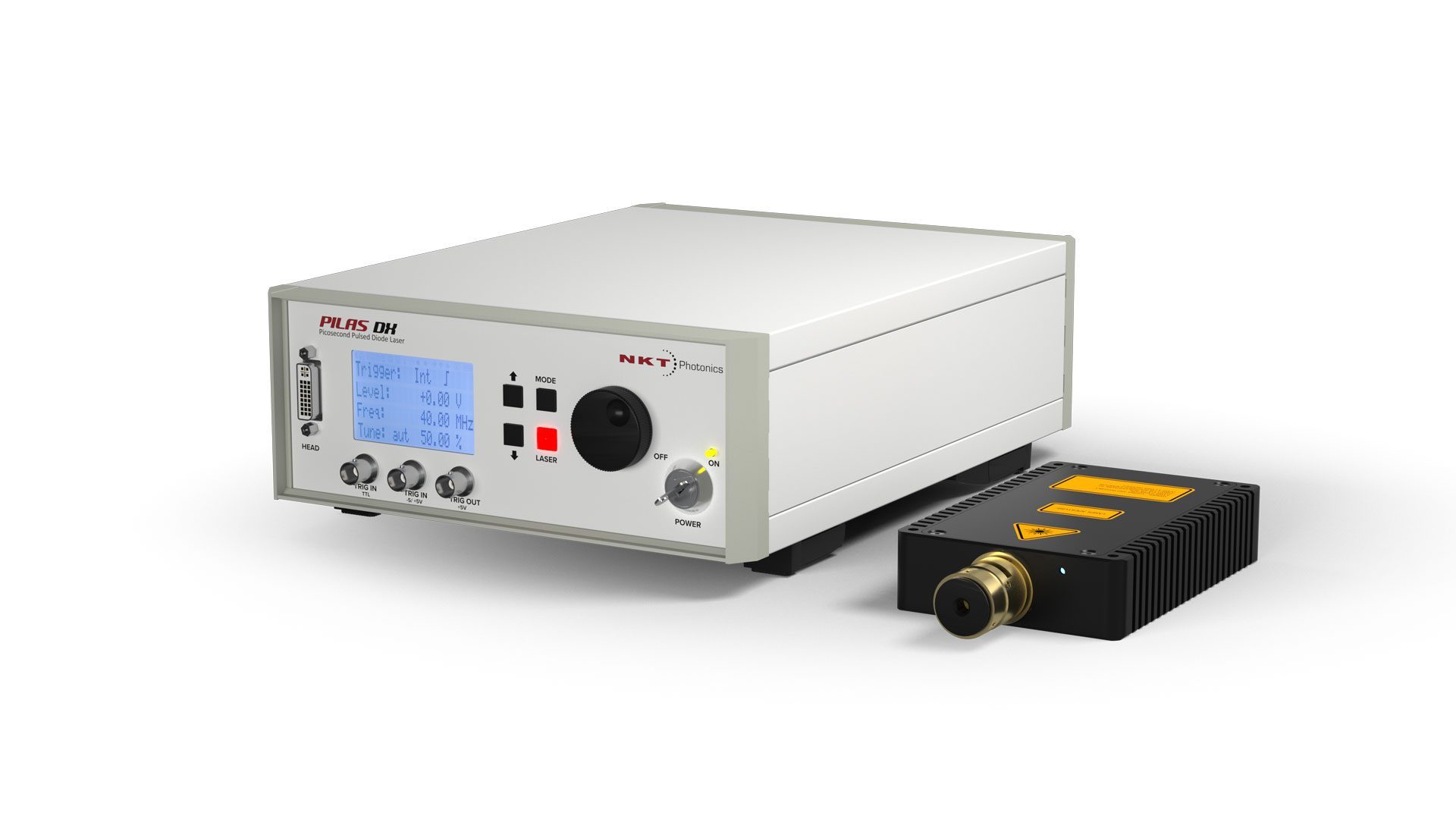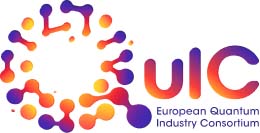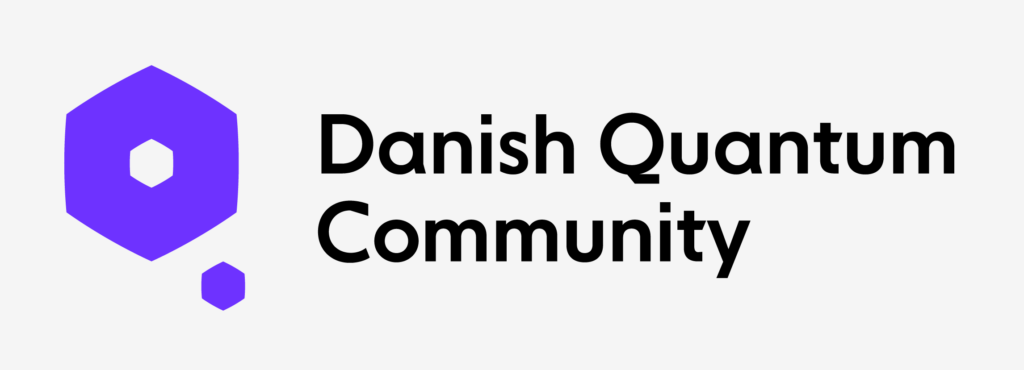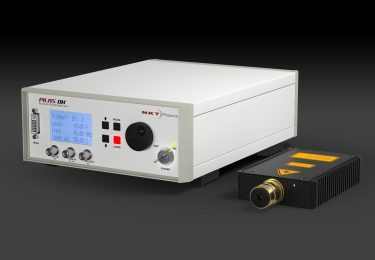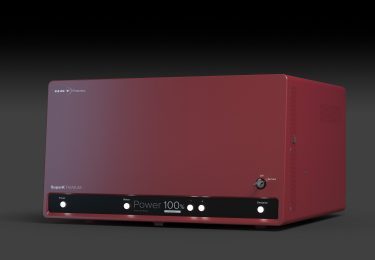A key building block in quantum information technology is single-photon sources which, as the name suggests, can emit a single photon – spontaneously or carefully timed.
Typically, when you want to generate single photons, you reduce the output power of your laser to the point where it emits a single photon at a time. Due to the random nature of this approach, the laser emits photons spontaneously and unpredictably, which has advantages and drawbacks.
Pulsed lasers ensure predictable emission
You can use a pulsed laser to pump fluorescent nanoparticles to ensure a predictable emission of single photons. You can make nanoparticles in various shapes and sizes, depending on the material. The shape and size affect the optical properties of the nanoparticle.
For a given application and nanoparticle design, you need a specific wavelength and pulse duration combination to pump and operate the nanoparticle. You will typically need wavelengths in the VIS to NIR region.
Pick the right laser
No matter how you have designed your nanoparticles, we have the right laser for you:
- For characterization and research – where you need flexible wavelengths and excitation bandwidth of wavelength – our SuperK CHROMATUNE tunable laser is a turnkey picosecond pulsed laser with a built-in filter. Get any wavelength from 400 nm-1000 nm in one laser.
- For specific wavelengths, our PILAS diode lasers give you high-performance cost-efficient picosecond pulsed light at a wide range of wavelengths. Pick the one you need.
Our quantum engagements
We are part of the European Quantum Flagship, the European Quantum Industry Consortium, the Quantum Economic Development Consortium, and the Danish Quantum Community.




